New Milk Replacer Production Facility

Grober Nutrition is in the dairy industry for animal food products in facilities built to human food standards, which is unique to the Northeast. Grober’s product is a powdered formula that is used as a milk replacer for young animals. Surplus Whey from a Skim Milk manufacturer is readily available as a supply component for the formula. The process included evaporating whey to a specific concentration, which was then used as an ingredient in producing a slurry which then fed a large dryer. The company needed a turnkey supplier for support of their new 60,000-sq-ft, state-of-the-art facility in Auburn, NY to produce the formula.
Manufacturing Vaccine Delivery Systems
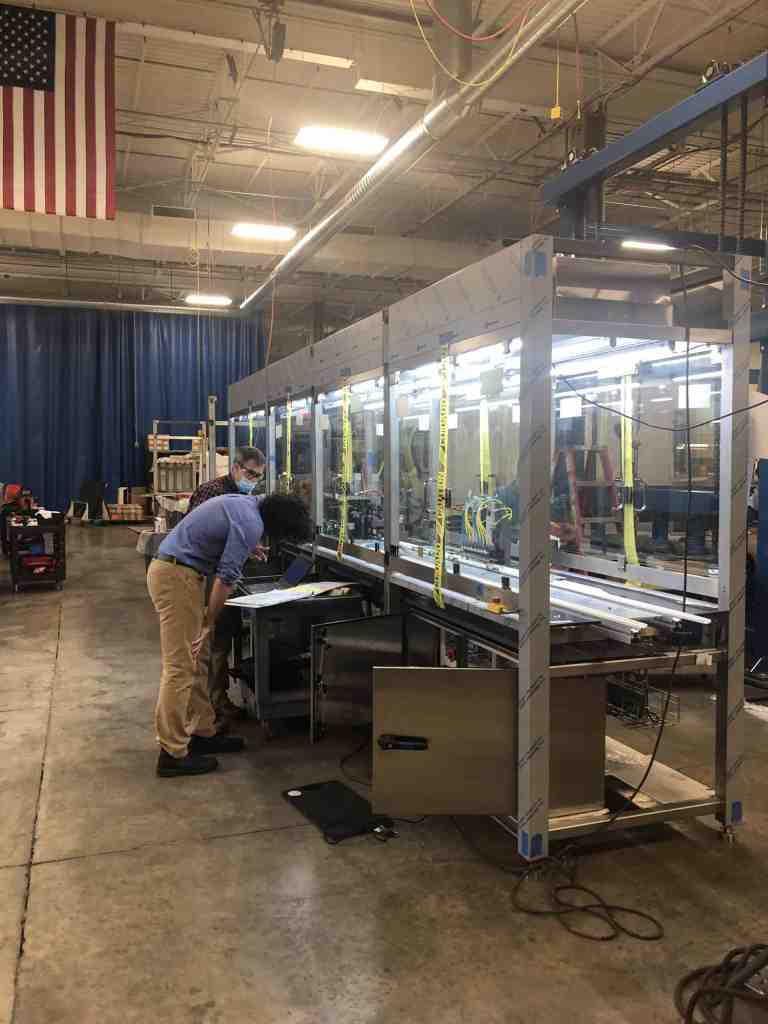
In early 2020, as part of Project Warp Speed, The Department of Defense funded several pharmaceutical companies to develop a vaccine for COVID-19. This was well publicized. On a parallel path, but not as well publicized, was a program to manufacture vaccine delivery systems. One of two companies funded by the Department of Defense, to make the vials for COVID was located in Auburn, AL. That summer they launched a $163 million expansion project to ramp up production of its proprietary vial system. The company needed to have special machines built, each 130 feet long and armed with sensitive cameras to detect defects or contaminants, to mass produce the vials. The facility was to have 10 production lines, each capable of turning out 15 million vials and syringes per year. Their patented materials science was a combination of a plastic container with a microscopic, thin, undetectable to the naked eye, pure glass coating for biological drugs and vaccines. The syringes were precision molded and up to 15 times more dimensionally consistent than glass, enabling error-free operation with autoinjectors and other drug delivery devices.
Jet Fuel From Farm Waste
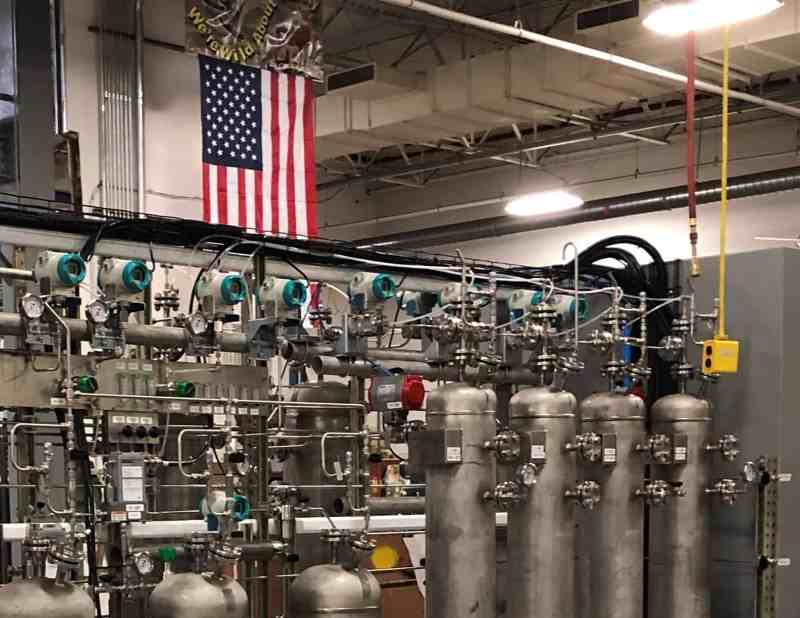
Byogy Renewables, Inc of San Jose, CA is a biofuels organization. The summer Olympics was supposed to be held in Japan in 2020. The theme of the Olympics was to be sustainability. Housing, medals, uniforms and other material were being made from recycled materials. A decision was made that during the Olympics there should be a stadium fly over where the jets were flying on jet fuel made from farm waste. Re:Build Optimation was contacted by an Byogy, American company, who had the contract and rose to the need of the technology and the schedule. We built a system of reactors and stills that converted farm waste to ethanol and then the ethanol to jet fuel. The system designed and built to meet all Japanese mechanical and electrical codes, shipped to Japan and tested. The results were amazingly successful.
High Pressure Test System – Simulating Deep Well Conditions
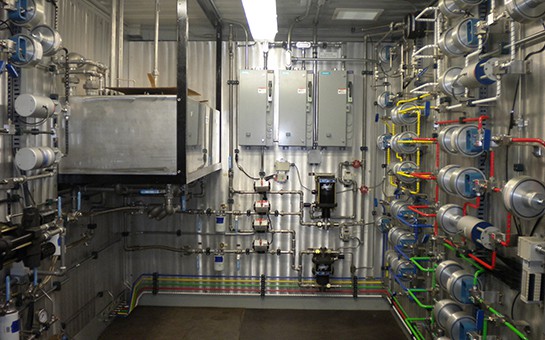
Extreme pressure under the earth affects drilling tools and electronics, so manufacturers of drilling equipment need to test these effects prior to their use in the field to prevent costly accidents. To verify, it is helpful to simulate deep well conditions and subject new tool designs to pressure levels found under the earth’s crust.
Heat Treat Line Installation
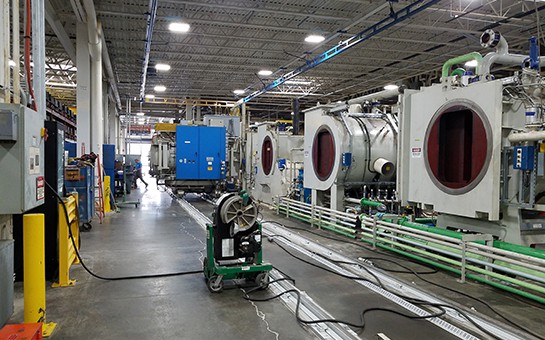
McGard, a manufacturer of lugs and locks for the automotive, marine and municipal security industries, purchased a heat treat system from another manufacturing company and needed to install the system at its Orchard Park, NY location. McGard had all of the components and some photos from the previous location, however nothing was labeled and there were no drawings for the installation of the machines.
Fuel Cell Test Stands
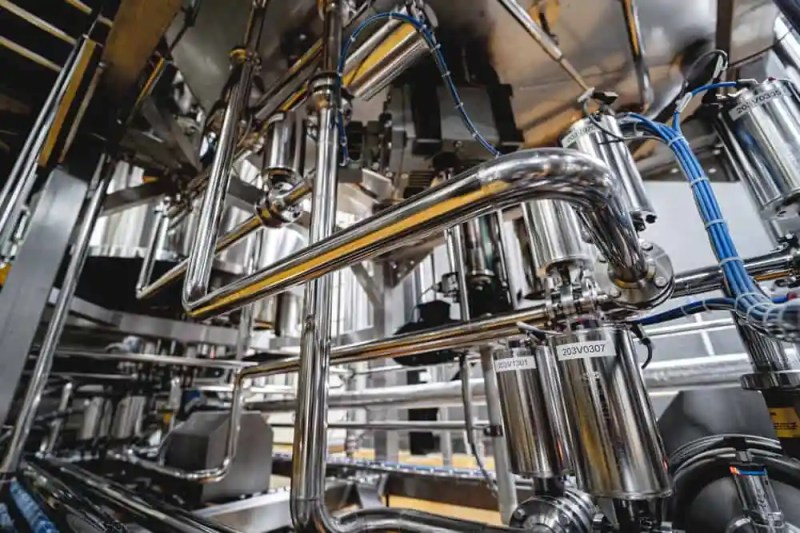
Fuel cells have been around for nearly 200 years, and used commercially for nearly a century. With the growing awareness of the need for more environmentally and energy-efficient power sources, fuel cells are gaining promise as clean energy alternatives in various applications, ranging from transportation and material handling to critical aerospace equipment. This technology uses the chemical energy of hydrogen to cleanly and efficiently generate electricity. As an alternative energy source, hydrogen fuel cells produce only water and heat as waste products – a significant improvement compared to the greenhouse gases produced by traditional fossil fuel combustion-based technologies.
A prominent fuel cell and hydrogen manufacturing company approached Re:Build Optimation Technology to develop test equipment to support their production of hydrogen fuel cells and related equipment such as electrolyzers.
Fluid Flow Analysis
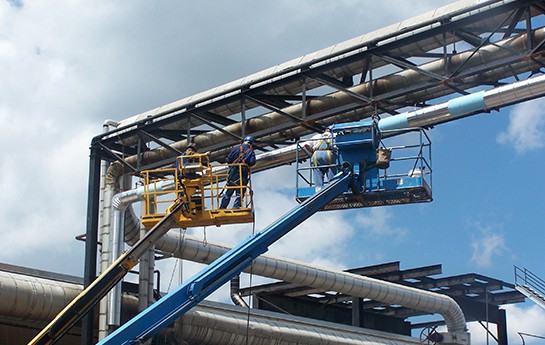
Problems in a film canister cooling water distribution network in the production plant at Eastman Kodak in Rochester, NY were resulting in capacity reductions. Inefficient cooling of product in the molding machines caused adhesion / release problems between the product and the molding equipment. Planned capital improvement options being investigated included the addition of a secondary cooling system, along with significantly increasing the pumping capacity These upgrades were originally estimated in excess of $250,000.
Factory and Process Build
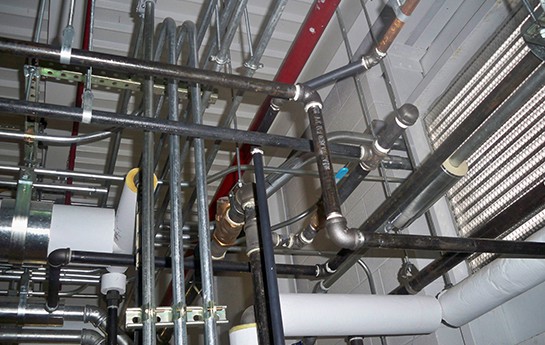
Re:Build Optimation’s client experienced an explosion, destroying a building and the process within. Although well-contained and with no personnel injured, it was imperative that the building and process be rebuilt as quickly as possible so production could resume. Optimation had a total of six months to assess, plan, design and rebuild.
Enhancing the Power of the Wind
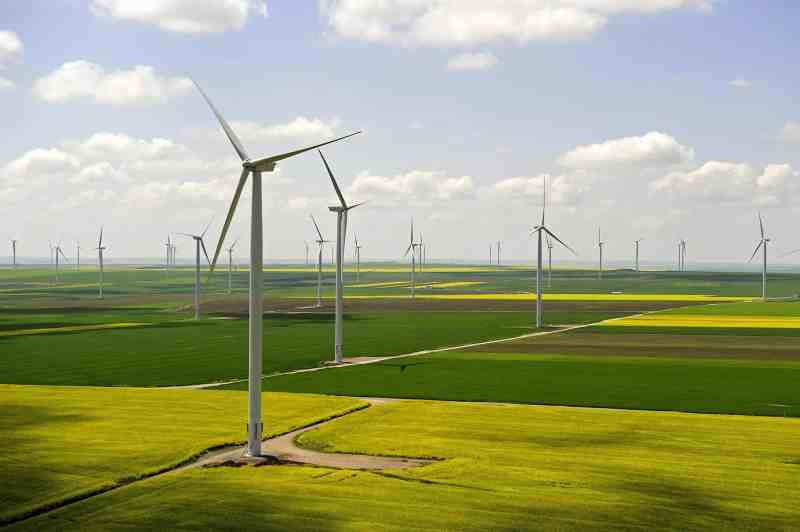
GE Renewable Energy’s Additive Manufacturing is developing skyscraper-sized wind turbines using massive 3D-printed concrete bases, right at each wind farm site. Re:Build Optimation is working with GE to engineer the equipment and support the printer and process, and the materials that will eventually be deployed around the world. The technology will print bases up to 20 meters high with 120-130-meter-tall steel tower sections to be installed to bring total height to 140 meters (over 450 feet). To date smaller scale platforms have been printed and tested. Full scale units are planned for the near future. Taller turbines can capitalize on stronger winds at higher altitudes, and the structures support larger blades that generate more power. But building bigger turbines makes transporting the pieces needed to put it together a logistical nightmare. GE and Re:Build Optimation plan to 3D print the base of a turbine wherever they want to place it, so that they won’t need to haul around such a gigantic hunk of concrete or steel. This produces positive environmental, financial, technical, and logistical results for GE and its customers.
The initiative to produce the concrete Bases (also called pedestals) supporting these very tall steel wind turbine structures is motivated by the need to reduce the carbon footprint, labor, and risks involved with erecting wind farms in remote locations. The concrete pedestal requires less manual labor than does a steel base. Shipping and handling of large steel sections over the road consume a lot of energy and the steel is in a short supply. Locally sourced materials to produce the concrete contribute to a better environmental impact outcome. Fabricating the pedestals right at the site from the raw materials is fast, efficient, and flexible in its setup and teardown. Financially the additive approach is expected to be less expensive to perform in the field, thereby reducing the cost of the electricity production.
Emergency Steam Leak Repair
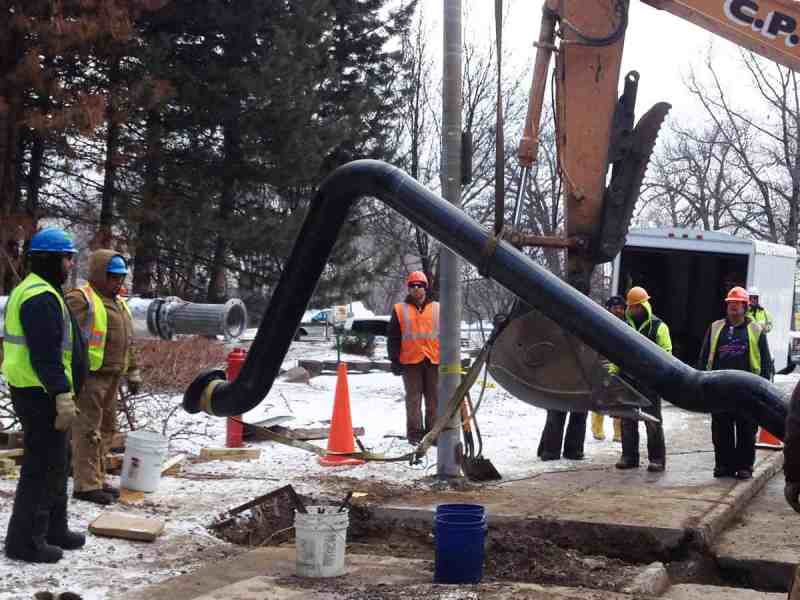
A local utility company in Rochester, N.Y. is investing millions to increase Eastman Business Park’s energy efficiency and utilities productivity in order to help attract new businesses and jobs to the region while ensuring compliance with Boiler MACT and other pending environmental regulations. The utility company purchased the Park from a local chemical/film company in late 2013 and has been working on infrastructure upgrades since then.
The utility company’s operations manager called Re:Build Optimation’s construction manager, Jack Burke, for an emergency meeting after a 70 lb. steam main had fractured beneath Lake Avenue. This line supplied steam to a neighboring company, causing the company to shut down operations. Both the neighboring company and the utility company became concerned about cold weather causing sprinklers to go off and damage operations and research in the neighboring company’s production facility.
The objective: fix the steam main and get utilities back up and running to the neighboring company ASAP.
